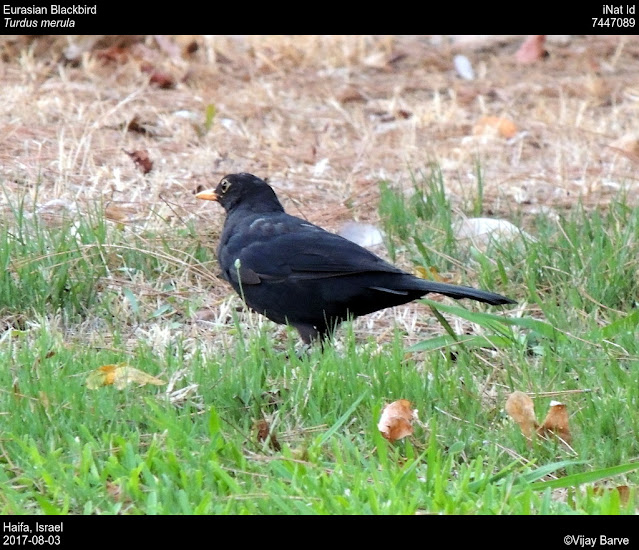The Pacific Black Duck (Anas superciliosa) is a dabbling duck that was commonly encountered in both Melbourne and Canberra in Australia. It is a member of the genus Anas, which also includes the Mallard, and shares a similar appearance. The Pacific Black Duck has a dark brown body with a slightly paler head and a distinctive green speculum, a specialized patch of feathers on the wing that is visible in flight.
During my recent visit to Tidbinbilla Nature Reserve in Canberra, I had the opportunity to observe several Pacific Black Ducks. The reserve's abundance of streams and lakes provides an ideal habitat for this species, and I was fortunate enough to spot both adults and juveniles. The juveniles were particularly engaging, with their fluffy plumage and inquisitive nature.
The Pacific Black Duck is a relatively common duck in Australia, with a distribution that extends across much of the country. It is a versatile species that can adapt to a variety of habitats, including wetlands, rivers, and even urban areas. Its diet consists mainly of aquatic plants, insects, and small crustaceans.

















